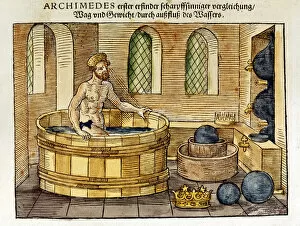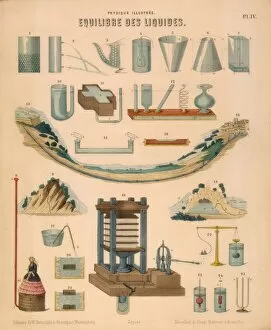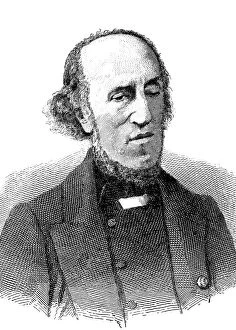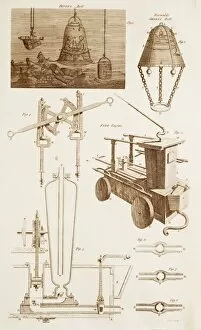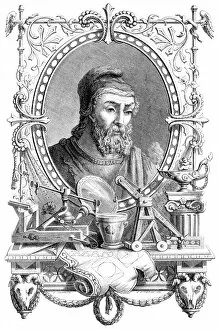Hydrostatics Collection
"Unveiling the Secrets of Hydrostatics: Archimedes' Ingenious Bath Time Revelations" Step into the ancient world as we delve into the captivating realm of hydrostatics
For sale as Licensed Images
Choose your image, Select your licence and Download the media
"Unveiling the Secrets of Hydrostatics: Archimedes' Ingenious Bath Time Revelations" Step into the ancient world as we delve into the captivating realm of hydrostatics, a branch of physics that owes its origins to none other than Archimedes. Born in 287 BC, this Greek mathematician and inventor made groundbreaking discoveries while soaking in his bath. Intriguingly, it was during one such moment of relaxation that Archimedes stumbled upon the principle that would revolutionize our understanding of buoyancy. As he observed water overflowing from his tub, an epiphany struck him like lightning – objects submerged in fluid experience an upward force equal to the weight of the displaced liquid. This revelation became known as Archimedes' Principle and remains a cornerstone of hydrostatics. Fast forward centuries later, and scholars continued to explore this fascinating field. In 1850, "Equilibrium of Liquids" emerged as a pivotal work shedding light on hydrostatic equilibrium – how fluids distribute their pressure evenly within containers. A visual representation captured Archimedes once again immersed in his bath, symbolizing his everlasting influence. The allure surrounding hydrostatics persisted throughout history with Joseph Plateau's contributions taking center stage. This Belgian physicist delved into hydraulics and hydrostatics during the late 19th century, unraveling further mysteries behind fluid behavior. Hydrostatic applications expanded beyond mere theory; they found practical use in inventions such as siphons - devices harnessing atmospheric pressure to transfer liquids between different levels effortlessly. The significance of these innovations is highlighted by their inclusion in works titled "Equilibrium of Liquids: Hydrostatics and its Applications. " Archimedes himself became immortalized through caricatures depicting him engrossed in mathematical contemplation or experimenting with water displacement techniques – forever remembered for his profound contributions to science.

